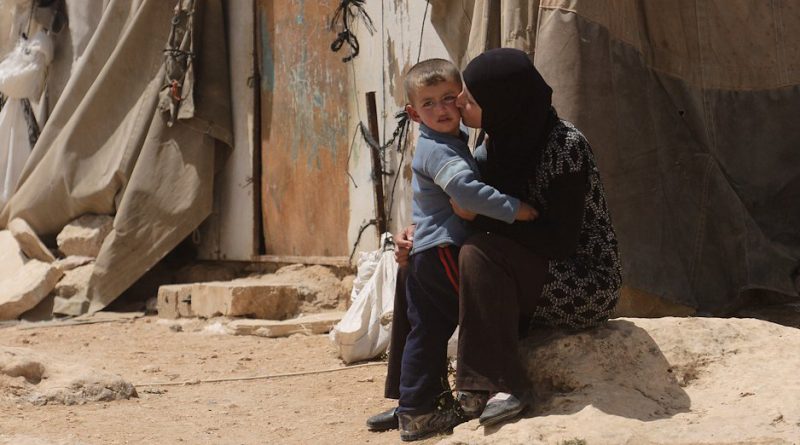Now Reading: CAG’s Survey Of Indian Railways Shows A Mumbai-Like Stampede Can Happen Anywhere
-
01
CAG’s Survey Of Indian Railways Shows A Mumbai-Like Stampede Can Happen Anywhere
CAG’s Survey Of Indian Railways Shows A Mumbai-Like Stampede Can Happen Anywhere
The stampede at Elphinstone Road station in Mumbai that took the lives of 23 people was shocking and tragic, but hardly surprising. In fact, several Twitter users pointed out that Mumbai residents — who have used the bridge connecting the centrally-located Elphinstone Road station to the Parel station — had also been pointing out that a mishap was waiting for happen there. BoomLive retrieved 100 tweets that had tagged everyone from ministers and railway authorities in Mumbai to those at the Centre, pointing out the dire condition of the bridge.
In 2013, with the Congress government at the Centre and the Akhilesh Yadav government in Uttar Pradesh, a stampede in Allahabad train station took the lives of 42 people. On the eve of the Kumbh Mela, the station witnessed a rush of footfall, resulting in a footbridge collapsing. However, witnesses also said that the stampede occurred as the railway police lathicharged the surging crowd, sending people running helter-skelter.
Surveys undertaken by the Comptroller and Auditor General Of India, over the years, have pointed out the the railways are grossly unprepared for eventualities like the one that hit Mumbai on 29 September. A CAG report presented before the Parliament in 2008, said the following: “Railways were not prepared to deal with all kinds of disasters, the zonal and divisional disaster management plans lacked cohesiveness and were not comprehensive. The infrastructure was not only insufficient but was also poorly located and not maintained adequately at many places.”
Cut to 2016. Eight years have passed by and governments have changed, yet, the CAG had very similar things to say about the disaster-preparedness of Indian Railways.
The CAG inspected 279 ‘crowded stations’ (of which, stations in Mumbai were also a part) that came under 17 zonal railways and 68 divisions to arrive at shocking conclusions.
In a section of the report the CAG put out a detailed review of the crowd management facilities of a sample section of the Indian Railways’ various zones. The CAG inspected 279 ‘crowded stations’ (of which, stations in Mumbai were also a part) that came under 17 zonal railways and 68 divisions to arrive at shocking conclusions:
— Only 5 zones among the ones inspected had included crowd management as a part of their disaster management plan manuals, revealing how complacent they were about the issue.
— Though the National Disaster Management Authority (NDMA) had laid down strict rules for disaster management preparedness for train stations, most of them are not followed by most railway stations, the study seemed to indicate.
— The station-in-charges of half the stations surveyed were unaware of the NDMA guidelines on crowd management.
— The report also made the following damning observation about foot overbridges, one of which was the site of Mumbai tragedy. “Foot over Bridge (FOB) is a critical element of crowd management and is prone to stampede. It was observed that FOBs were not strong enough to sustain crowd pressure at 25 stations of seven Zonal Railways,” the report reads.
The report also observed, “Indian Railways had not formulated an integrated disaster management plan to facilitate a cohesive approach to comprehensively address all aspects of disaster management and had not entered into formal co-ordination arrangements with the State Governments/District authorities, civil/private hospitals and other agencies to effectively leverage their infrastructure while responding to disasters.”
The station-in-charges of half the stations surveyed were unaware of the NDMA guidelines on crowd management.
A disaster management plan for the railways, laid down by the Central government in 2014, prescribes constant monitoring of crowds at stations, in order for railway authorities to plan better. A section of the manual states, “One of the intelligent video analytics to be incorporated in the Integrated Security System is related to signal for crowd density within station premises when it exceeds the prescribed limit. This will enable RPF personnel and railway authorities to get timely information when heavy crowd builds up within station premises and plan follow-up action.”
As is evident from the tweets shared by BoomLive, the accident that Elphinstone Road station witnessed that day was not completely unanticipated. With the evidence of over-crowding available readily and a government manual for tackling such situations already in place, what were the Mumbai railways authorities doing all these days?








